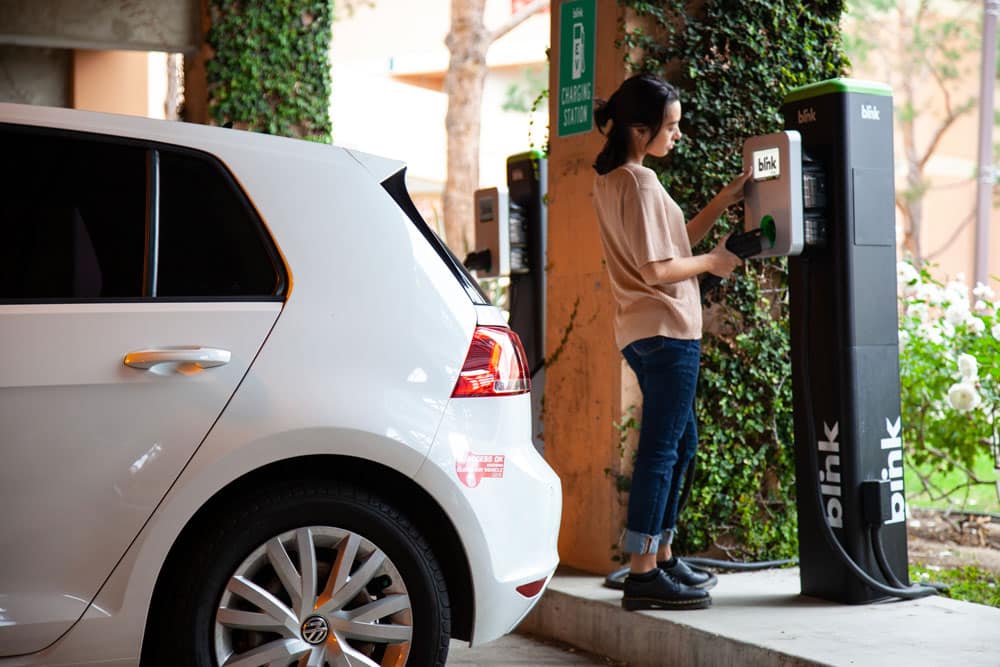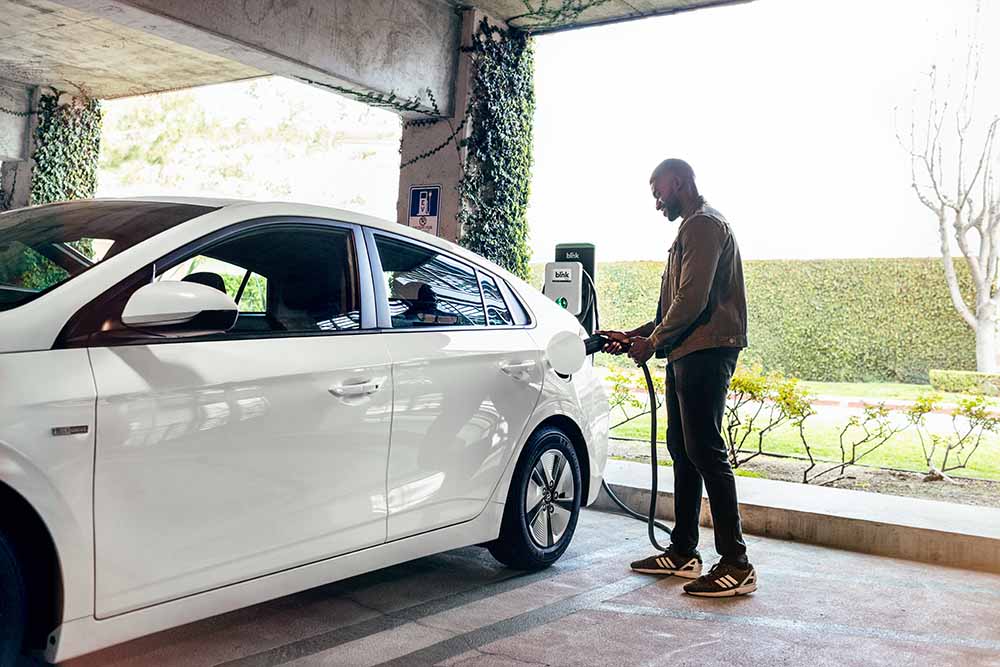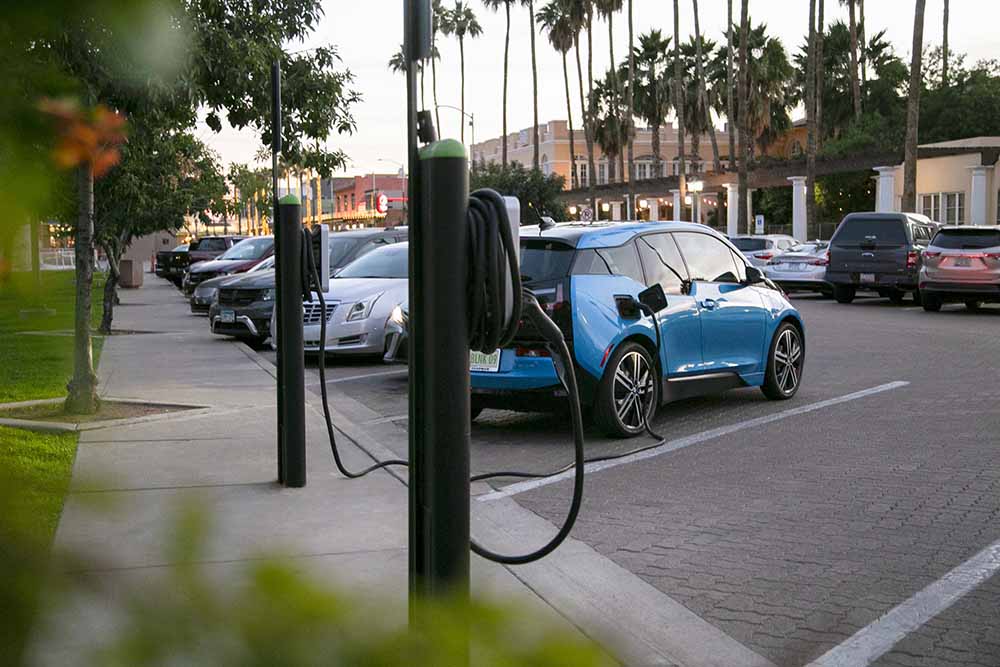Mobility & Tech
Meet the Moment by Investing in EV Charging Infrastructure
With demand for electric vehicles continuing to skyrocket—EVs are predicted to make up 23% of new passenger vehicle sales by 2025—more and more drivers are beginning to choose where they park based on the availability of EV charging stations.
As these offerings become increasingly expected in lots and garages across the country, it is crucial that parking management professionals ensure their facilities are equipped with EV charging infrastructure to meet surging demand, serve the modern driver and remain competitive with peers.
What’s more, providing this sought-after driver amenity will not only enable you to attract new and more frequent customers, but also generate an additional revenue stream through charging use fees and comply with emerging sustainability standards by reducing carbon emissions.
To take advantage of these many benefits and stay ahead of the future of electrified transportation, now is the time to start planning for and investing in EV charging infrastructure. As you contemplate how to modernize your facilities for the next-generation of drivers, here are a few crucial considerations to take into account when selecting, installing, maintaining and financing a network of EV chargers.
Selecting the correct EV charger
As EV charging stations come in several different makes and models, parking operators and managers need to first determine which type of charger best serves their drivers’ needs.
Level 2 Chargers, also known as L2s, are well-suited for lots where drivers plan to park for several hours or overnight, such as at a mall, apartment complex, or hotel. Taking an average of eight hours to fully recharge a standard EV, L2s are ideal for facilities with less transient customers, as well as ones looking to encourage drivers to stay longer. L2s are also compatible with every plug-in car sold in North America.
For locations along highways and interstates—and primarily fueling long distance EV driving—DC Fast Chargers (DCFCs) are a better option. Capable of changing an EV up to 80% in just 30 minutes, DCFCs provide a speedy charging fix when drivers can’t afford to stop for an extended period but are significantly more expensive and less durable than L2s.
Streamlining deployment and maintenance by working with an EV charging partner
To streamline an often-intimidating deployment process, facilities are encouraged to work alongside an EV charging partner. From assessing how many chargers your location needs to determining the optimal location for placement, EV charging providers can serve as a trusted advisor during installation, as well as offer future-proofed solutions to ensure your lot or garage is prepared to meet an increase in demand in the coming years.
One such solution is EV chargers that feature local load management, which allows multiple cars to be plugged in and charged on a single shared circuit. Increasing the number of chargers a facility has available, this offering helps to prepare for future demand while being cost conscious to the current charging needs of today.
An EV charging partner can also help you strategize and respond to your location’s unique needs and limitations. For instance, if the physical size of your lot is proving a challenge, providers might suggest installing an EV charging wall installation instead of a traditional pedestal that is drilled into that ground.
A simpler and more turnkey solution, wall-mounted chargers take up less space and have the flexibility to be moved to an alternate location later should demand or space restrictions require so.
Keeping up with maintenance
Partnering with the right EV charging provider is crucial not only for the installation process, but also for ongoing management and maintenance of your infrastructure after deployment.
Offering EV solutions may attract new drivers to your location, but it’s essential that these stations remain working, accessible, and up to date to retain loyal customers. That’s why it’s important to partner with a full-service provider that can provide the support to manage your devices long after sale, as well as offer new upgrades to equipment when necessary. This is opposed to EV hardware manufacturers, who are not responsible for their equipment after deployment, leaving the customer, who often lacks deep EV knowledge, to manage maintenance and upgrades.
Offsetting the financial costs
While EV charging can offer a new revenue stream, building out this infrastructure often requires steep financial investment upfront. Thankfully, there are several local, state and federal funding options available to offset these costs.
For example, the Biden administration’s recently passed infrastructure bill contained significant new funding to deploy EV charging infrastructure across the country, including $5 billion for states to distribute and a $2.5 billion grant program focused on expanding access in rural and often overlooked communities. The law also made the installation of EV charging infrastructure an eligible expense under the grant program.
As interest in and demand for electric vehicles continues to grow, parking facilities are a natural fit for EV charging stations and stand to benefit greatly from the deployment of this infrastructure. But the longer we wait, the harder it will be to keep up with drivers’ needs.
The time is now to plan, invest and deploy to ensure you are ready to meet the next generation of parking management.
Andy Kinard is a field sales engineer for Blink Charging.
-
This author does not have any more posts.


Seven-Generation Decision-Making
A major factor of sustainability is thinking about how we

The Digital Tsunami is Here
How Data Standards are Shaping the Future of an Interconnected








